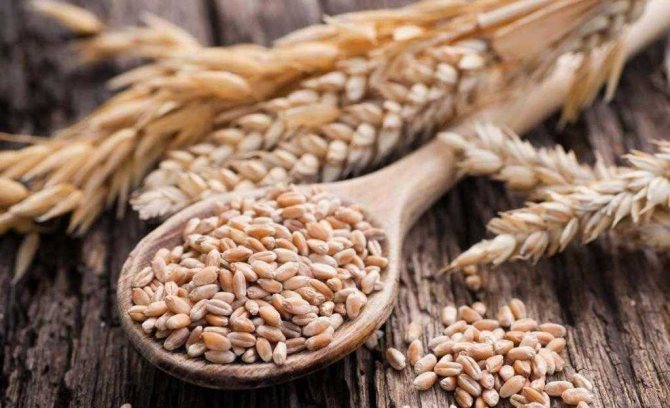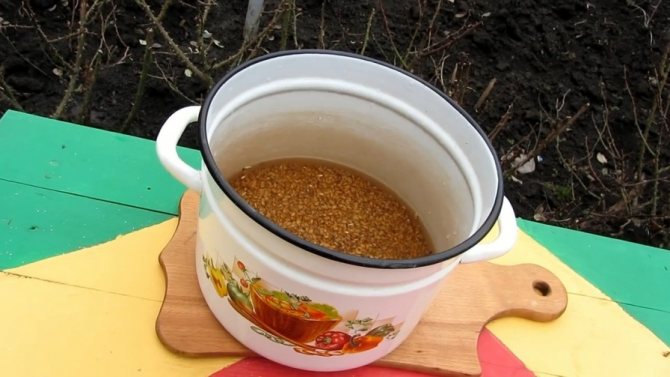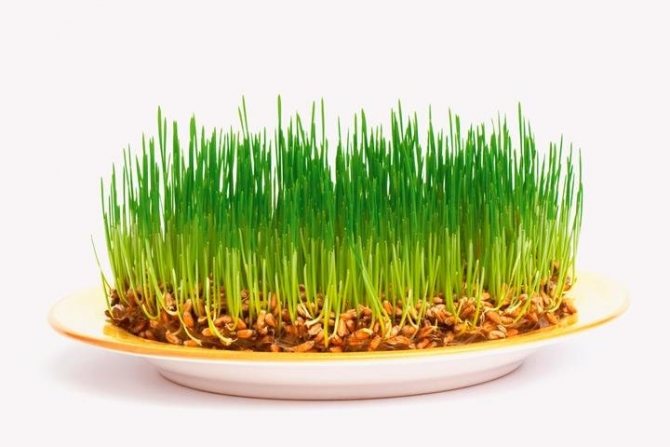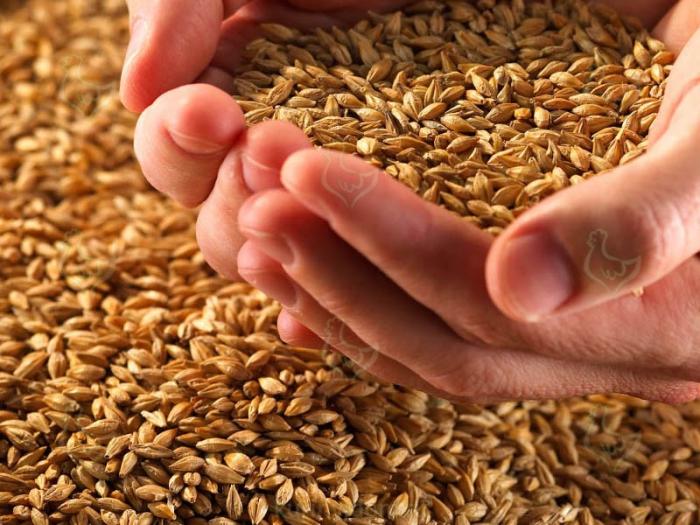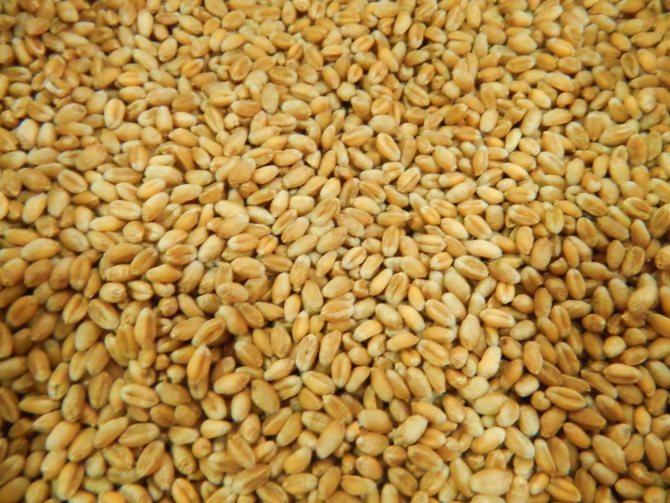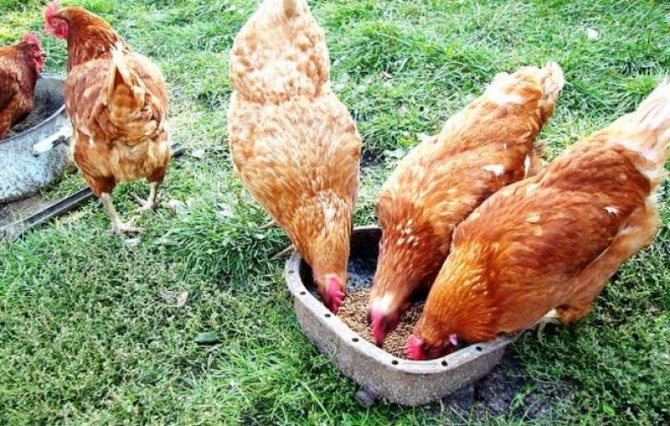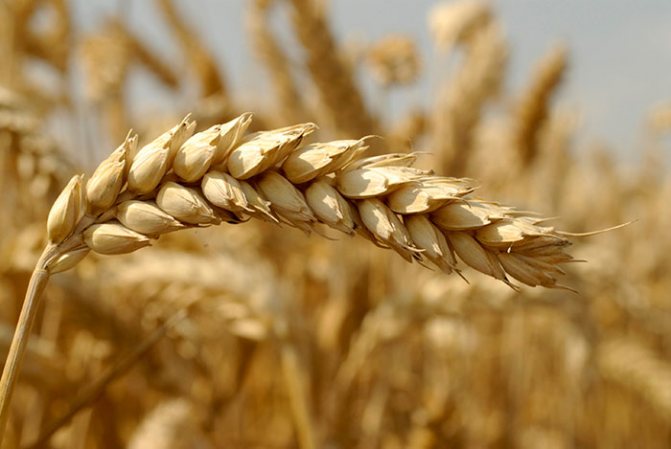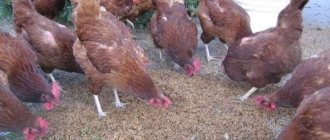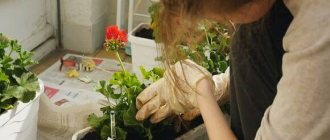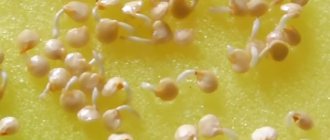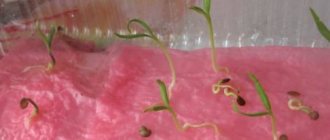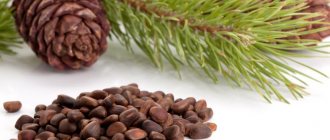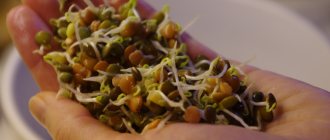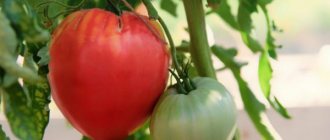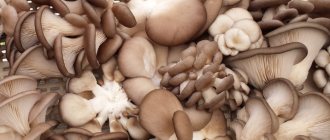269
no comments yet
0
The author of the article
Emelianenko Gennady
Reading time: 2 minutes
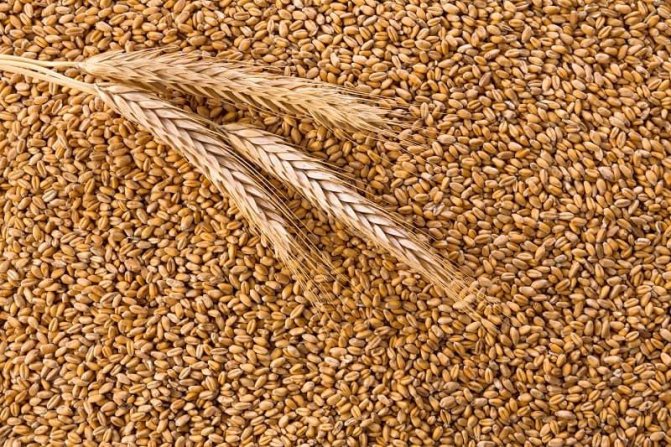
Laying hens' nutrition should be complete and balanced. To diversify the chicken menu, poultry farmers use wheat and barley: they are a source of useful elements necessary for the proper development of poultry.
The benefits of sprouted wheat in the diet of laying hens
The cereal has a number of undeniable positive qualities that affect the full development of layers:
- A wide range of trace elements and vitamins helps to boost immunity and increase resistance to many diseases, including infectious ones.
- Sprouts fight overweight chicken by lowering cholesterol levels and increasing metabolic processes.
- As noted above, the introduction of complementary foods helps to increase the quality of the eggs produced, as well as to stabilize and increase the quantitative indicators. This is achieved by normalizing hormonal levels.
- A large number of B vitamins, calcium and magnesium do preventive work in the skeletal system and the musculoskeletal system in general. Regular consumption reduces the risk of arthrosis and significantly improves joint mobility.
- Plant fibers activate the intestinal tract and stimulate the production of gastric juice in birds.
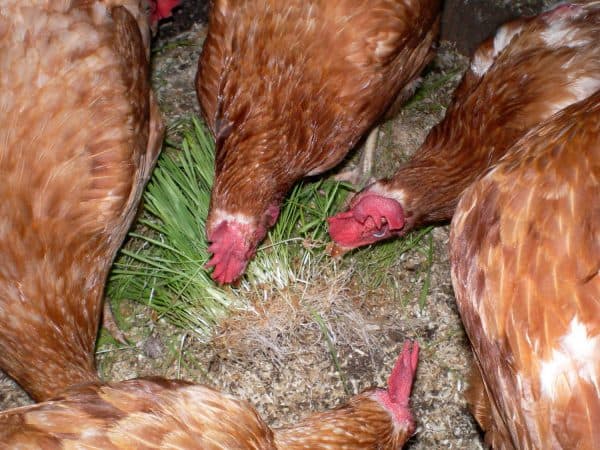

An excellent source of calcium, iron, vitamin E and other nutrients is sprouted grain.
The grains are spread over a bacterial bedding that is placed in the chicken coop. The produced vitamin B in the process of biochemistry generates heat, which makes the stay of birds in the winter more comfortable.
Sprouted grains change their chemical composition in the process, maximizing the content of nutrients. Also, scientists have proven that dry wheat is digested longer and harder by 30-40%, in contrast to the same with sprouts. In other words, complex compounds are broken down already at the germination stage, thereby facilitating the work of the gastrointestinal tract of chickens.
When you shouldn't give it
It should be understood that uncontrolled absorption of food does not lead to an improvement in the health of birds, but to its sharp deterioration.
- Iron overload leads to malfunction of the pancreas, liver and other internal organs. Therefore, farmers provide no more than 30% of sprouted seeds from the total amount of food.
- But sprouts alone cannot be fed either, since the latter belong to dietary products and do not fully saturate with carbohydrates and complex microelements. As a result, there is an atrophy of muscle mass and a general breakdown, and as a result of immunity. Why chickens fall to their feet read here.
- It is not worthwhile to engage in long-term complementary foods, since sprouted grains can negatively affect the intestinal tract, causing bloating and diarrhea.
For what diseases is it relevant
Sprouted grains give to strengthen general immunity, as a supportive therapy for a number of serious diseases that require the administration of antibiotics.
Also, similar food is added to the diet for weakened individuals, young layers, when inflammation of the oviduct is detected. This article will tell you what to do if a chicken's oviduct falls out.
If constipation, a malfunction of the intestinal tract of the veterinarian is detected, sprouted grain is prescribed in this case.
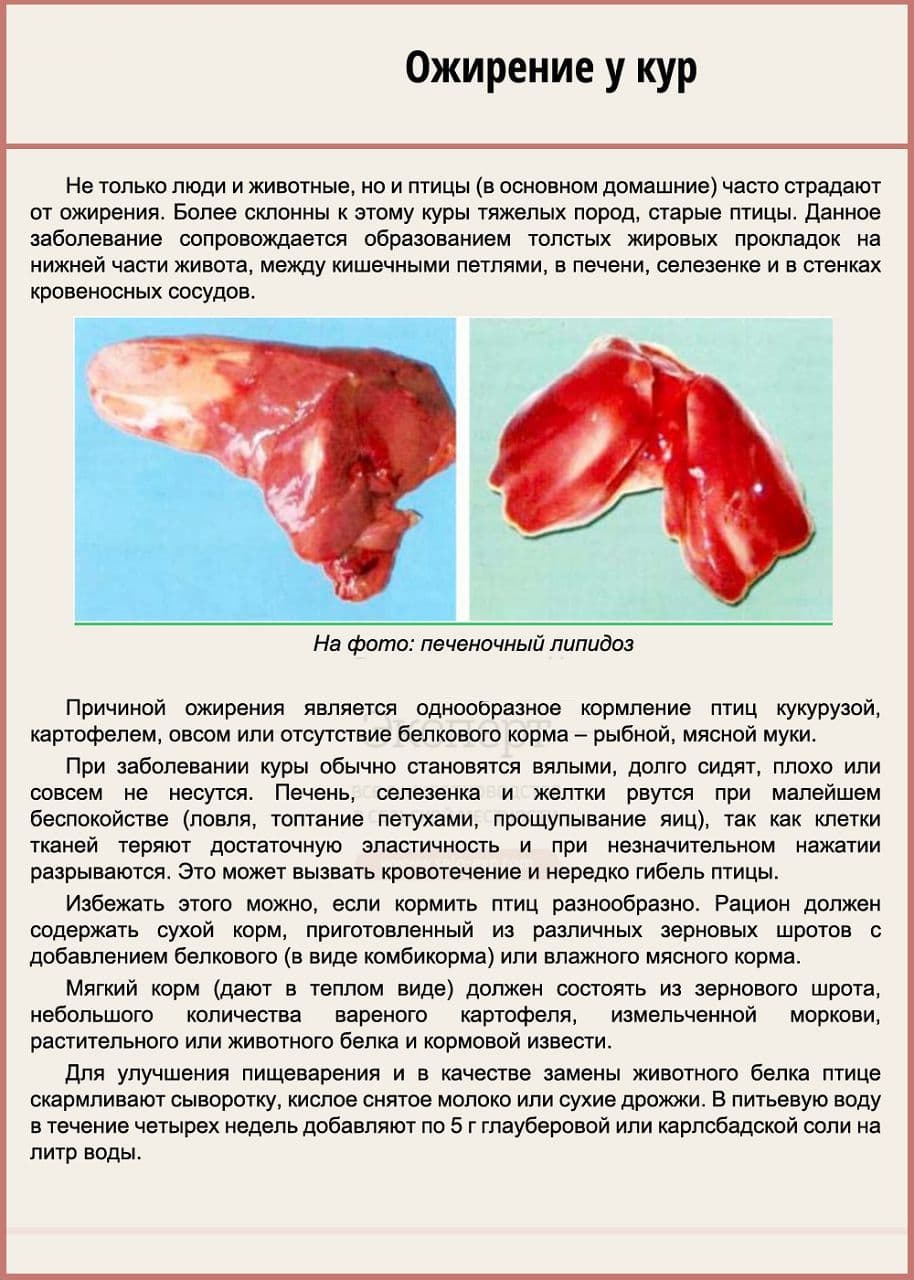

In case of any diseases, you should still follow the diet and monitor the dosage of feed, since an excess of vitamins and trace elements can play a negative role in shaping the health of the chicken.
Consumption rate
The beneficial characteristics and side effects of oats depend on the cooking method and the amount of cereal the bird receives. Unprocessed hulled grains contain more fiber than refined grains. Therefore, it is worth using grain without shells. This will help reduce fiber and make oats easier to digest.
Before giving cereals to chickens, it is recommended to grind or germinate them. It is also permissible to steam the grains.
In summer
In the warm season, the chicken is free-range and independently obtains its own food. During this period, the volume of oats should not exceed 20%. It should be used alone or combined with other cereals. The combination of the product with vegetables or herbs is permissible.
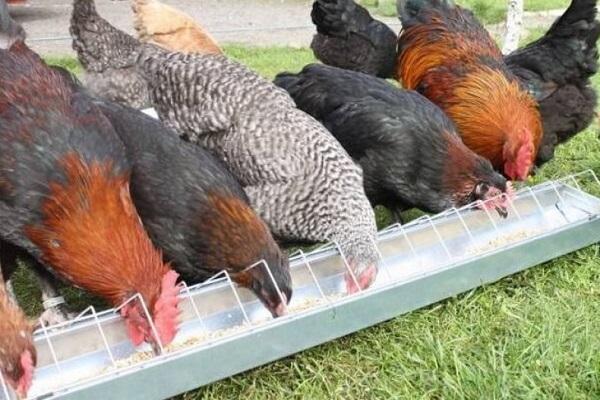

In winter
During the cold season, birds need oatmeal. It is given in a germinated form. Also, the cereal is allowed to be steamed. Thanks to this, it is possible to facilitate the absorption of the digestive organs.
The chicken should receive 120 grams of cereals per day. Of this amount, 30 grams should be oats. This product is especially important during moulting or falling egg production.
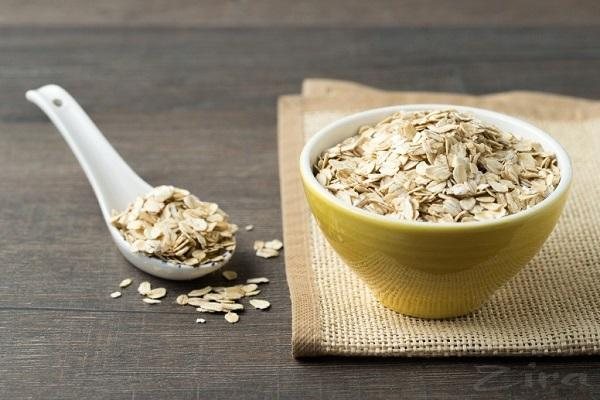

Signs of overfeeding with sprouted wheat
Wheatgrass contains a concentrated amount of iron, it is the satiety with this trace element that adversely affects during overfeeding. Penetrating through the blood arteries into the organs, it accumulates there and can provoke poisoning of birds.
Scientists have proven that an excess of iron leads to the fact that the body stops absorbing calcium, manganese, zinc, vitamin E. The susceptibility to phosphorus also decreases.
Read about the diet table for laying hens at home here.
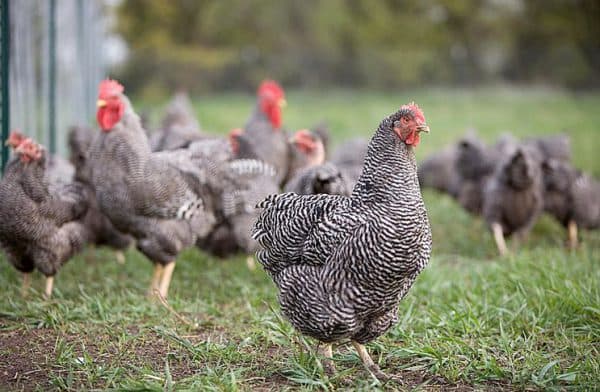

Overeating leads to night blindness, bone destruction and lameness in laying hens, as well as thyroid disease and goiter growth.
Potential harm
Before sprouting wheat for chickens, you should also pay special attention to the possible harm that comes from this product. However, this only happens if you overfeed the birds. The danger will be that the sprouted wheat accumulates a large amount of iron. Given the small mass of birds, an overabundance of this substance can provoke a deterioration in a wide variety of health indicators in a bird. It is necessary to observe the measure while feeding the hens. It is believed that the maximum wheat in the daily diet should be no more than 30% of all foods.
You will be interested in: Rye field as a concept
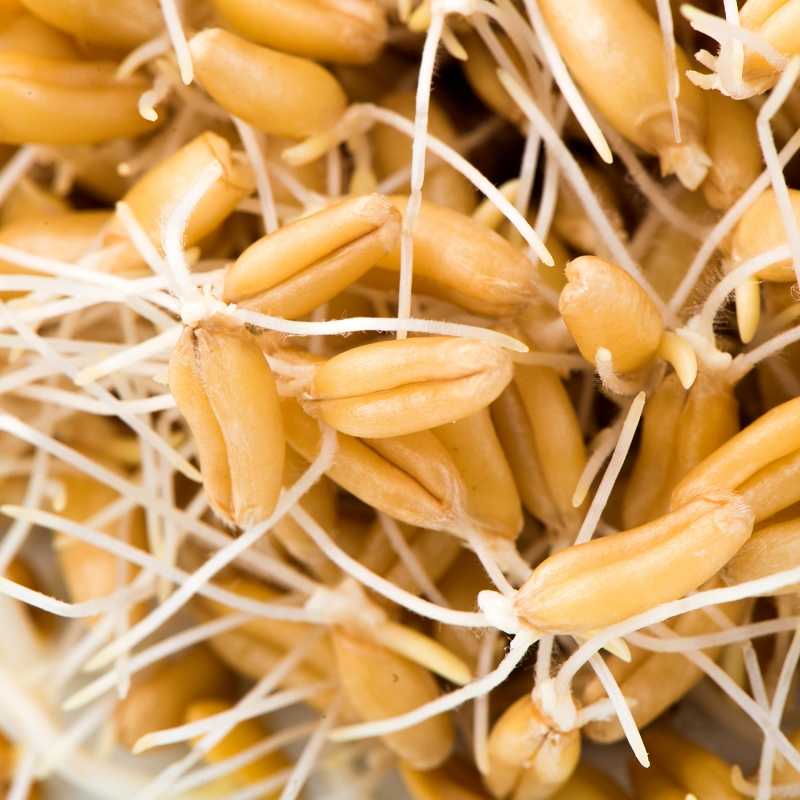

How to germinate: instructions
Germination of wheat grains does not require special adaptations and is understandable even for novice farmers. At the same time, the presence of a large amount of nutrients, trace elements makes the product incredibly useful.
Wheat selection
The first thing to look at is the source material. Grains are bought in different places where it is most comfortable: a market, a store, a private farm. But the selection conditions are always the same:
- grains should not contain impurities;
- their color ranges from light shades of yellow to dark brown;
- the groats are dry, without rot and mold.
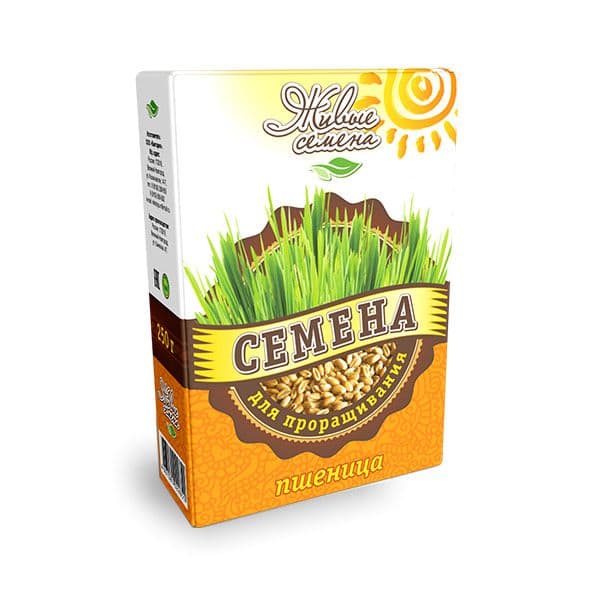

The average price of seeds for germination in Russia is 50 rubles. for 400gr.
Farmers germinate wheat, both as an independent product and in combination with other cereals.
Soak
Soak the future top dressing in a large container with high sides. For this purpose, the following are suitable: a basin, a bucket, a saucepan, a plastic bottle with a cut throat.Please note that cereals are prepared for germination in an enamel or plastic container, since the metal tends to oxidize and negatively affect the chemical composition of food.
- Liquid is poured, at room temperature, but not higher than 50-60˚С, if the material was kept warm. If in the cold, then hot.
- Then it is put in a dark place and closed with a lid, a board.
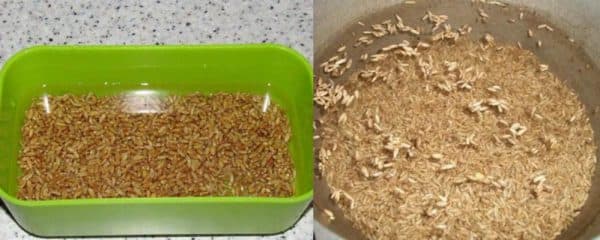

The process of soaking the grains accelerates their pecking through the shell.
Excerpt
The container is kept in a dry, warm and shaded place for at least 15 hours. No further action is required on wheat during this time.
Spreading the beans
Spreading wheat is the most crucial stage in germination. Before the process, it is better to immediately determine where you will work with the material further. The place should be warm and protected from drafts.
- The contents of the container are poured into another, clean container, removing excess water or laid out on film.
- For wrapping, take either a piece of clean, cotton cloth or medical gauze.
- The top dressing layer is made not too thick, in order to avoid decay.
- Cover the top with a damp, wrung-out cloth.
Make sure that the top material does not dry out. To do this, spray it periodically.
Beneficial features
The undoubted benefits of sprouted wheat is evidenced by the fact that this unique product is added to the daily diet by many of our contemporaries - numerous fans of proper nutrition and a healthy lifestyle. It is an effective prophylactic agent against winter beriberi and various infectious diseases.
When germinated in wheat grains, the nutritional value is accumulated and digestibility increases sharply. Dry grain contains difficult-to-digest forms of nutrients, which, when fed to chickens, are far from completely absorbed - only by 60–70%.
In the process of germination, the chemical composition of the product changes, the processes of decomposition of complex organic compounds into easily assimilable simple forms are activated in the grains.
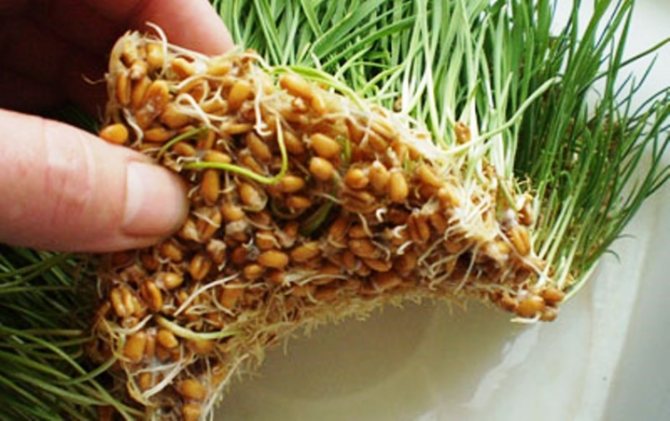

Sprouted wheat contains essential amino acids, vitamins, trace elements, ascorbic acid. When feeding sprouted wheat grains to chickens, egg production improves, chickens begin to lay really large tasty eggs. In addition, immunity increases, metabolism is accelerated, the musculoskeletal system is strengthened, digestion is normalized, and obesity problems go away.
The high nutritional value of wheat germ does not mean that chickens can only be fed to it. With exceptional energy value, it is a dietary product. As part of the grain ration, sprouted wheat at the rate does not exceed 30% in the total amount of feed. The diet should be varied and completely replenish the nutritional resources in the body of the layers.


How to germinate
Every novice poultry breeder will be able to germinate wheat at home. To do this, you do not need to tediously master the special agricultural literature and have a lot of practical experience. All you need is dry wheat grain, clean water and a suitable steeping container. It is best to use enamel, ceramic or glassware to eliminate the risk of product interaction with metal.
Having step-by-step instructions at hand, you should try to repeat the simple procedure as accurately as possible.
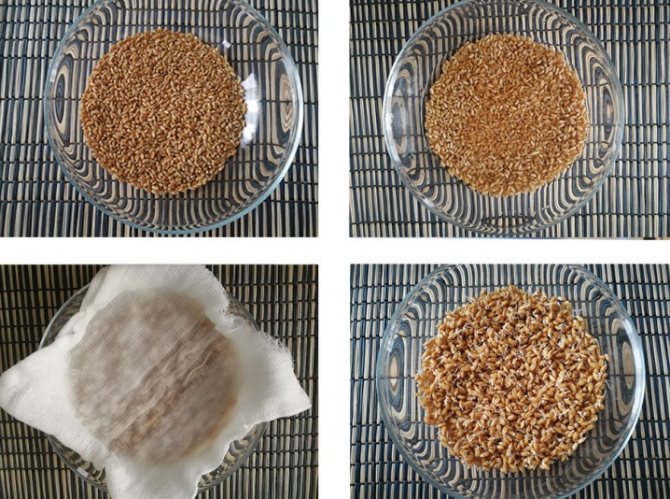

Grain selection
The properties of germinating sprouts depend on the quality of dry grain. Experienced poultry farmers advise not to save on poultry and choose full grain golden or light brown color without impurities and debris. From good complementary feeding, chickens will increase productivity, eggs will become larger, and the costs will more than pay off. But with a large number of poultry in farms, in order to save the budget, feed grain is also used.It will also make a good nutritious food, albeit inferior in quality to varietal wheat. When buying wheat, you need to check for foreign smells and traces of mold. At the slightest suspicion of questionable quality, such grain should be discarded without hesitation, even if it is offered at a bargain price. You should not be tempted to buy, so as not to risk the health of the corydalis - the harm can be significant.
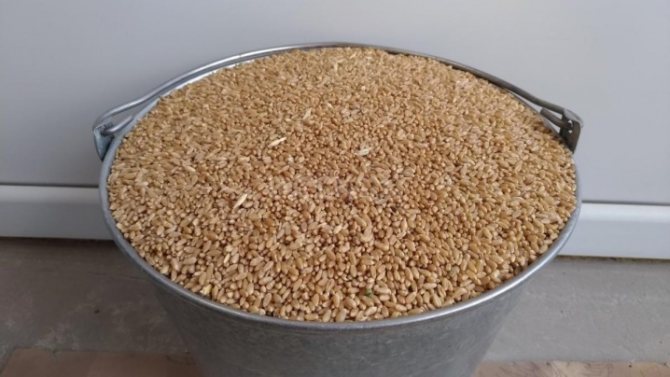

Soak
Before soaking, the container is thoroughly washed and rinsed with a solution of potassium permanganate for disinfection. Wheat is poured into a container and filled with water 2-3 times for washing. Various impurities, husks, small debris float and merge with dirty water. Then clean wheat is poured with warm water at a temperature of + 40-45 degrees. The water level should be 1.5–2 cm above the grains. When storing dry wheat in the cold, you need to take hot water for soaking., in order to awaken the germs of sprouts sleeping in the grains with a heat shock, but in the end the final temperature must still be adjusted to + 40–45 degrees, stirring the grain in a container and gradually adding cold water to the desired temperature. The container with the soaked grain is covered with a lid to prevent moisture evaporation, and placed in a dark, warm place for about 15-17 hours.
No additional action is required during the exposure.
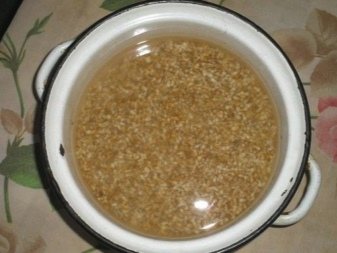

Spreading the grains
This is the most crucial stage. It is necessary to prepare in advance a warm place without drafts, where the wheat is laid out after soaking. At home, it can be a wide shallow tray, baking sheet or oilcloth, spread on a flat surface.
After aging, the excess water is drained from the container, and the grain is taken out and laid out in a thin layer (up to 5 cm). If the layer of wheat is thick, rotting of the grains may begin, then all complementary foods will have to be thrown away. Financial costs, time and labor will be wasted.
The decomposed wheat is covered with a damp natural cloth (you can use a piece of old linen or cotton sheet). During germination it is necessary to periodically moisten the “blanket”.
After about two days, strong juicy sprouts about 3 mm in size will appear on the grains. Nutritious, wholesome top dressing is ready for use by corydalis.
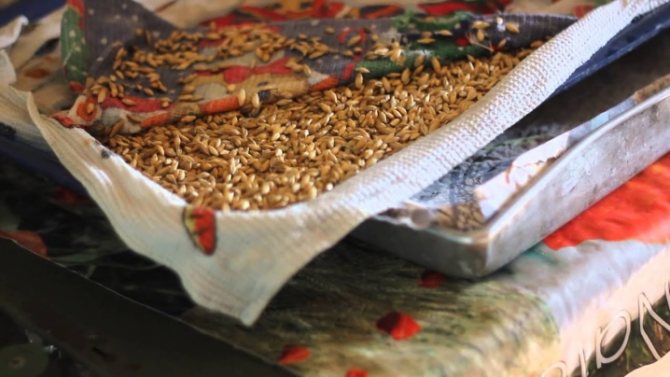

It is necessary to cook sprouted wheat for 2-3 feedings, as this is a product with a minimum shelf life. When stored in it, putrefactive processes will quickly begin, a specific smell will appear, and mold will develop. If, due to an oversight, this still happened, it is necessary to dispose of the spoiled product without regret.
Wheat can be germinated as a separate complementary food, and as a grain mixture with other cereals (oats, barley). Coarse vegetable fibers of feed mixtures cleanse the intestines of birds from toxins and toxins. When selecting the composition of the grain mixture, the properties of the cereals that are planned to be germinated together with wheat must be taken into account. For example, barley can be used in limited quantities strictly according to informed recommendations, as it can reduce egg production, and sometimes chickens stop laying altogether. When chickens molt, barley should be completely eliminated from the diet.
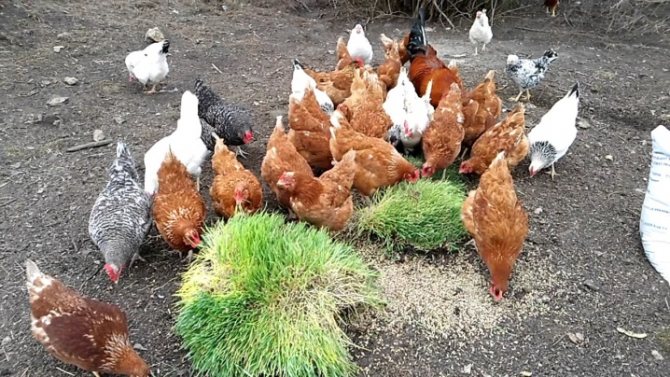

Germination tips
Experienced farmers know several secrets to ensure the most successful and complete wheat germination. Here are a few of them:
- Sprouts, 5-6 mm long, can be cut and mixed into the main feed for layers.
- Be sure to germinate during the winter, as the birds are often motionless during this time, and digging the seeds out of the litter makes them move.
- The grains, germinated the second time, have even more vitamins than during the first synthesis.
- The sprouted material is not stored for long, so it is best to process the grain in small batches.
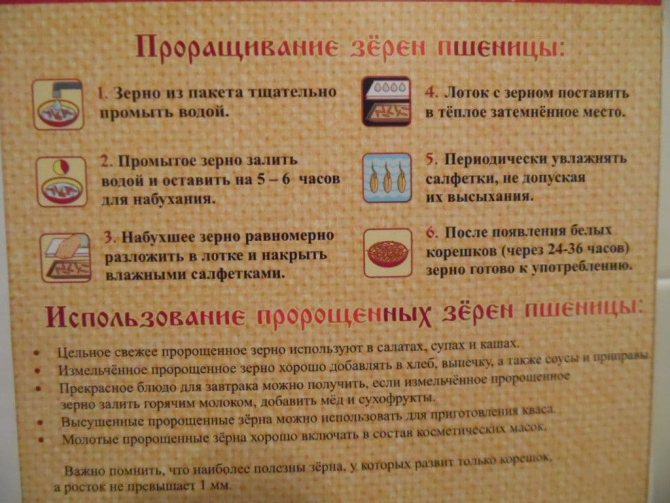

What else can you give to chickens?
Cereals alone cannot provide all the needs of the chicken's body, therefore, other foods must be present in its diet. Below we will consider the feasibility of introducing some of them.
Barley
Barley is also an essential ingredient in chicken feed, as well as in all farm livestock and poultry. However, it should be said that chickens do not like him because of the sharp ends of the shell. To make sure they eat it, you should give it in a mixture with other grains.


Barley, like oats, is rich in protein (10 g), carbohydrates (56 g), fats (2 g), fiber (14.5 g), vitamins, minerals, amino and fatty acids.
Wheat feeding rules for chickens
There is no unequivocal advice on the regime of feeding layers of hens with wheat. Some farmers agree that you need to feed only at night, some say that you should also feed during the day.
This material will tell you about premixes for laying hens.
It is best to feed the chickens with the product in the evening, before bedtime. In this case, the grains are poured directly onto the bedding. So nutrients are absorbed better.
At the same time, during the daytime, birds are more active and mobile, therefore some poultry farmers introduce grains into their diet in the first half of the day. Also, when chickens are obese, it is recommended to feed them not at night, but in the morning.
An important point
It is necessary to immediately draw the attention of novice poultry farmers to an important fact: feeding exclusively sprouted wheat will not benefit chickens. Adding sprouted wheat to the menu will not be particularly effective even if, in addition to it, the chicken eats only purchased feed.
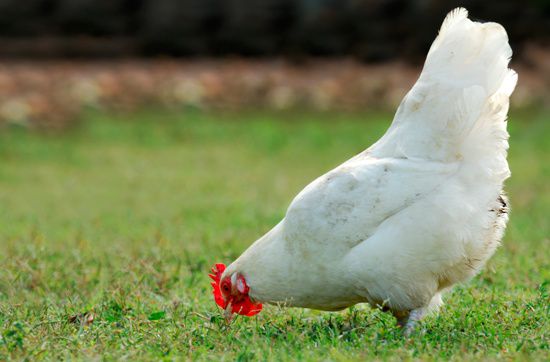

The diet of chickens should be varied.
Any animals and birds, especially productive ones, need to get a variety of nutrients from a wide range of foods, just like a person. Therefore, think about drawing up the correct, complete diet for the feathered wards. The substances obtained by birds from food must fully meet the needs of layers, otherwise, instead of large eggs, farmers will receive tiny ones.
Adequate nutrition is the main condition for high egg production in layers and rapid weight gain in broilers. What is the correct diet for chickens? How to properly procure feed? What kind of feed does the market offer?
conclusions
- Sprouted wheat is a storehouse of useful vitamins and minerals for laying hens. In addition to a large amount of vitamin A and group B, it contains iron, magnesium and other useful substances.
- In such a product, due to the ongoing chemical processes, the concentration of vitamins is several times higher than in dry wheat.
- Sprouts are considered a dietary product, however, overfeeding chickens is not worth it, as an overdose can play a negative role in the immune system.
- The germination method itself is simple and accessible even to beginners. But due to the fact that the product deteriorates quickly, it is not recommended to handle grain in large batches.
Grain selection
Germinated grains must necessarily be of high quality, because the properties of the sprouts formed from the grains will directly depend on this. You can buy wheat at the market, in a store, or in a country farm. When purchasing this product, you need to check it for quality. Make sure the groats are free of impurities, golden brown or light brown. Don't skimp on your birds. Be sure that the increase in egg production in the near future will pay off all the money spent, while you will be calm about the health of your wards.
